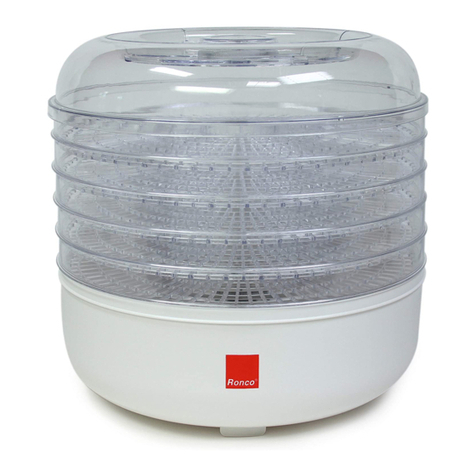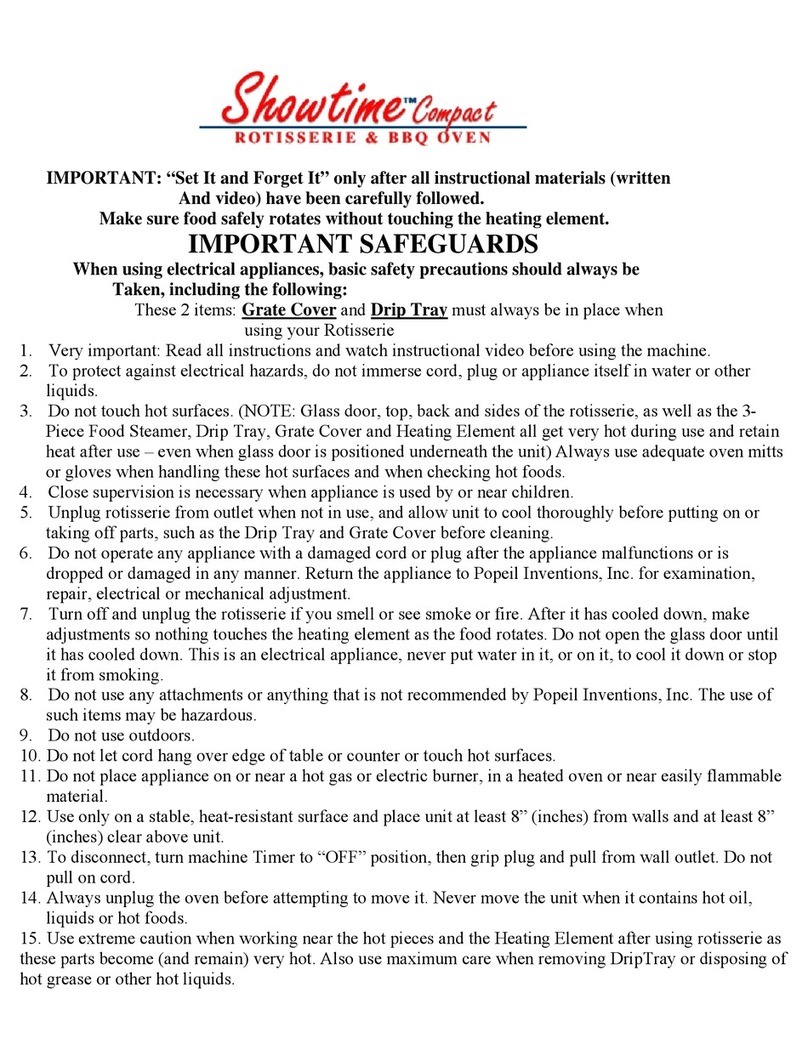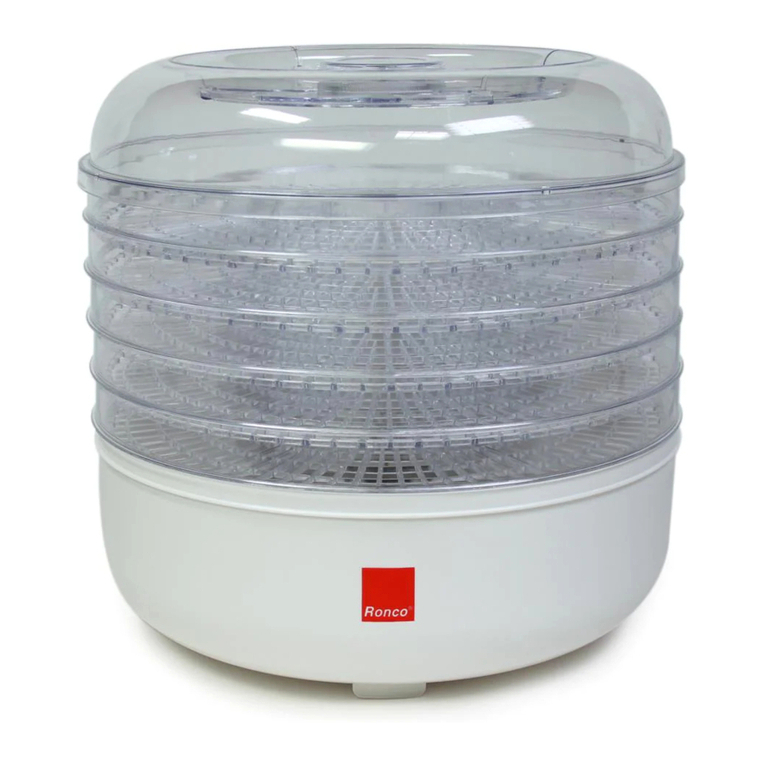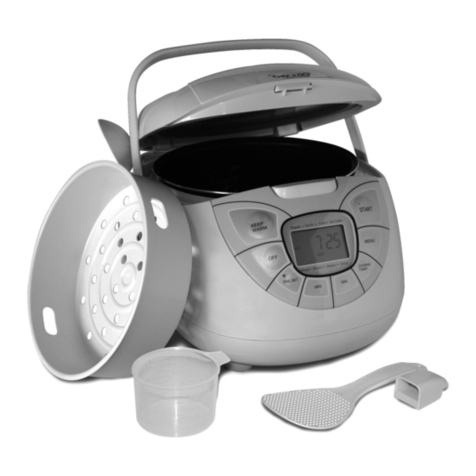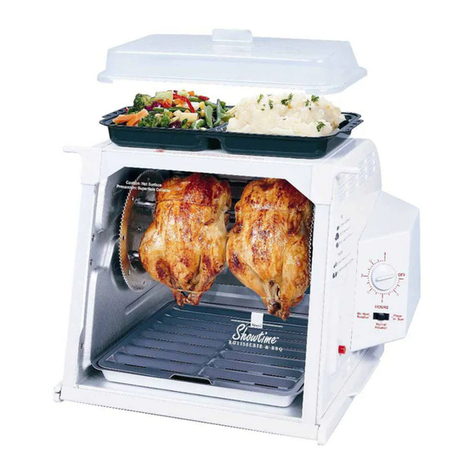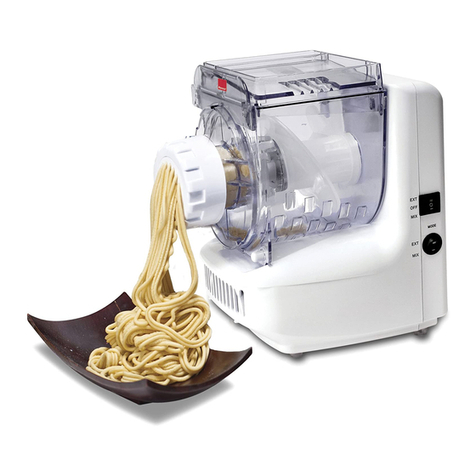
PRETREATING
Enzymes in fruit and vegetables are responsible for color and flavor changes during
ripening. These changes will continue during drying and storage unless the produce is
pretreated to slow down enzyme activity.
Blanching can be used the pretreatment of vegetables. It helps set color and hastens
drying by relaxing tissues. It can also help keep flavor during storage and improve
reconstitution during cooking.
Many light-colored fruits (especially apples, apricots, peaches, nectarines, and pears) tend
to darken during drying and storage. To prevent this darkening, the fruit may be
pretreated by blanching or by a suitable dip but effectiveness of pretreated by blanching
or by a suitable dip but effectiveness of pretreatment methods varies.
Fruits and Vegetables may be dipped in the following:
• Lemon or Pineapple Juice is a natural alternative (in place of other
pretreatments) to reduce unwanted color or browning. Fruit may be sliced right
into the juice; remove after a couple of minutes and range in trays.
For variety you my dip fruits in Jell-O powders, lime or orange juice, spices or honey.
For another tasty flavor, sprinkle with cinnamon or coconut. Combine any of the above
for your own special taste treats.
• Sodium Bisulfate: Ask your pharmacist for food safe (USP) grade only. You
need only 1 teaspoon of sodium bisulfate dissolved in a quart of water. To help
prevent any loss of vitamins and to maintain a bright zesty color. Prepare small
amounts of fruit and dip in the solution for 1-2 minutes.
• Table Salt can be used as a solution of dipping.
• Citric Acid or Ascorbic Acid solutions give a “Vitamin C tart taste.” These anti-
oxidant granulates are available of health food and drug stores. Mix about 6
tablespoons in a pint of water. Dip for minute or two then dry. Great for banana
chips and apple rings.
• Water or Stem Blanching works – however, blanched fruits may turn soft and
become difficult to handle. Fruits with tough skins (grapes, prunes and small dark
plums, cherries, figs, and some berries) may be water-blanched to crack the skins.
This will allow moisture inside to escape more readily during drying.
• Syrup Blanching may help retain the color of apples, apricots, figs, nectarines,
peaches, pears and plums. Makes a sweetened, candied food.


